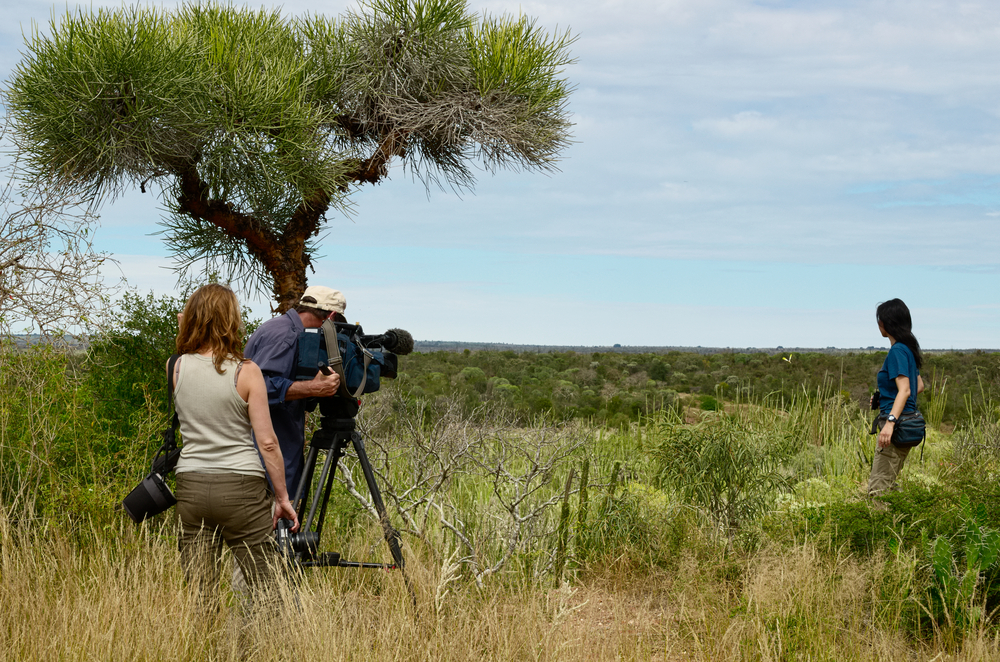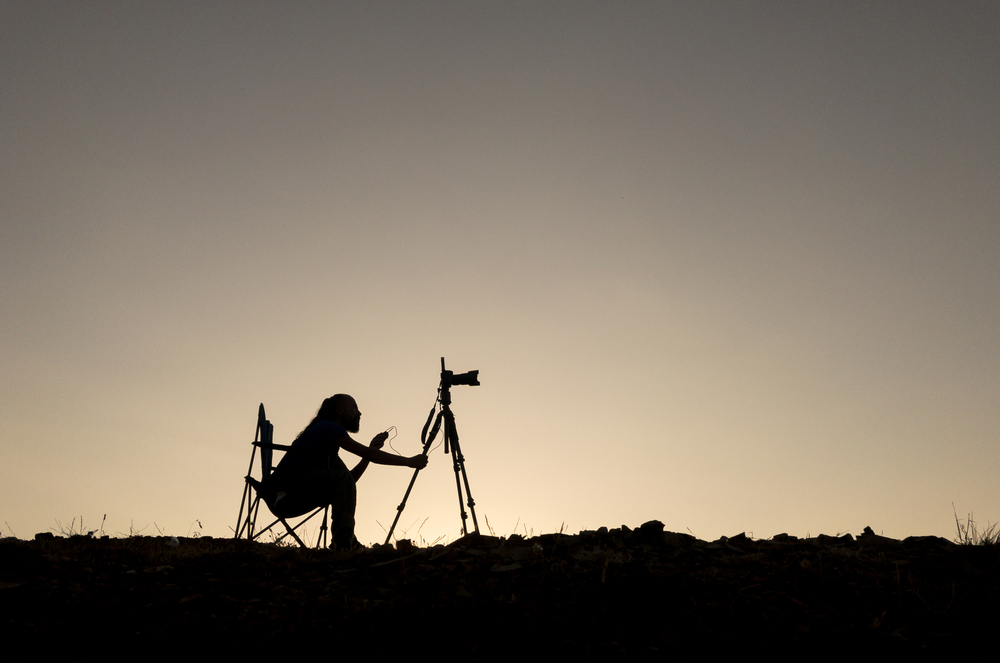
The Comprehensive Guide to Pitching Documentary Projects
From the elevator pitch to the budget, this guide will walk you through everything you need to know to create the best documentary pitch possible.
Cover image via F8 Studio.
Inspiration for documentary projects can come from anywhere. We live in a rapidly changing world, and people people are hungry for stories and insights into different people, cultures, subjects, and concepts. From small slice-of-life micro docs to expansive multi-part series, documentaries can take many forms.
However, to begin your own documentary project, you’ll need to pitch it to others — not just investors but also fellow documentarians, crew members, and even friends and family. So, let’s look at the five elements of the documentary pitch — and some helpful resources for each.
Elevator Pitch

Image via SG Shot.
Let’s start small. In any situation, on any project, you need to be able to sum up what it’s all about very succinctly. The “elevator pitch” is a shorthand description of your project that you can get across very quickly — something you can explain to a stranger in the time it takes to ride an elevator. If you get the chance to meet potential investors, this will make or break your project.
Here are some resources for developing a successful elevator pitch.
- The Art of the Elevator Pitch
- How to Nail Your Documentary’s Elevator Pitch
- What is the Two-Minute Elevator Pitch?
- THE ART OF A GOOD PITCH: By the Directors of Tribeca Film
Know Your Subject Inside and Out

Image via Hajakely.
Documentary subjects can be any combination of people, places, or things — as well as ideas or concepts. To pitch your doc, you’ll need an expert understanding of your subject matter. Other than good old research, finding creative ways to dive into the world of your subject will pay off when pitching the documentary to others.
Here are some resources for documentary research.
Define the Scope

Image via crazymedia.
While the scope of your project is liable to change, it’s important to know what your project is going to need in terms of resources, budget, and time. And we’re not just talking about production time — everything you do (from research and pre-production all the way through editing in post — and distribution) needs detailed planning for your initial pitches.
Want to learn more about planning scope and scheduling? Check out some of these resources.
- How to Write a Documentary Treatment
- Steps to Planning Your Documentary, Video and Media Outreach Campaign
- How To Write A Documentary Treatment and Documentary Proposal
- How to Plan an Unscripted Documentary
Intended Audience

Image via Liu zishan.
From an investor’s perspective, this is the most important aspect of your pitch — and your documentary’s overall success. Who is your documentary for, and why will the general public care enough to see it? These can be hard questions to ask yourself when you’re working on a passion project, but this is what drives the dollars and cents. When you’re choosing your subject, look for niche audiences you can reach out to as a base and then grow your own audience from there.
Here are some more helpful things to consider for your intended audiences.
- DOCUMENTARY TARGET AUDIENCE Desktop Documentaries [PDF]
- Documentary Audience | Target Audience | Documentary Film
- How To Uncover The Proper Target Audience For Your Film
- Finding an Audience, for a Cause
Release Platform(s)

Image via Georgejmclittle.
Only after you’ve defined your intended audience will it make sense to make your release and distribution plans. While traditional theatrical releases may be few and far between for mainstream documentaries, the medium actually enjoys several other (and perhaps greater) platforms, like video on demand, streaming services, and an wide of documentary film festivals.
Here are some more resources for release platform options.






